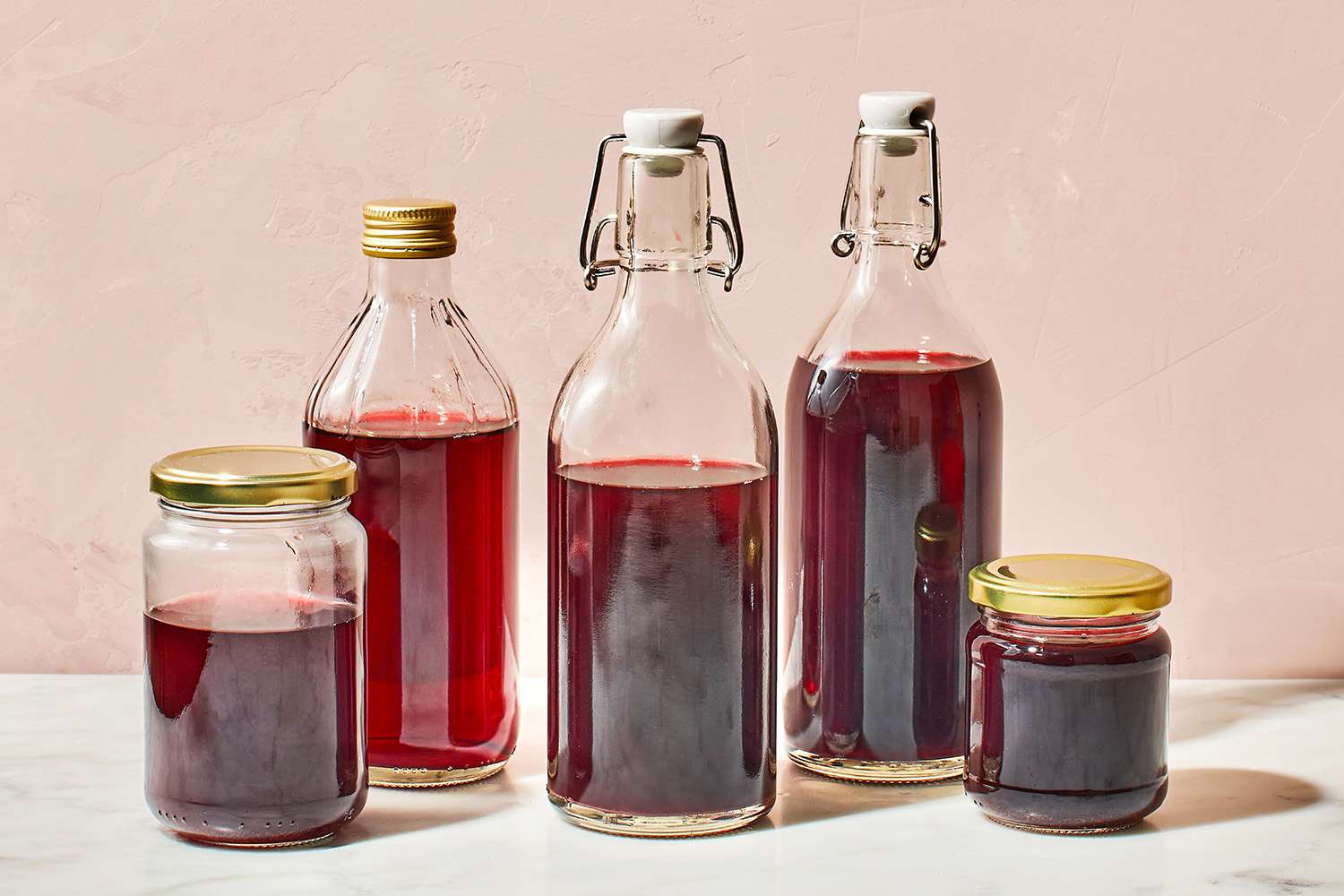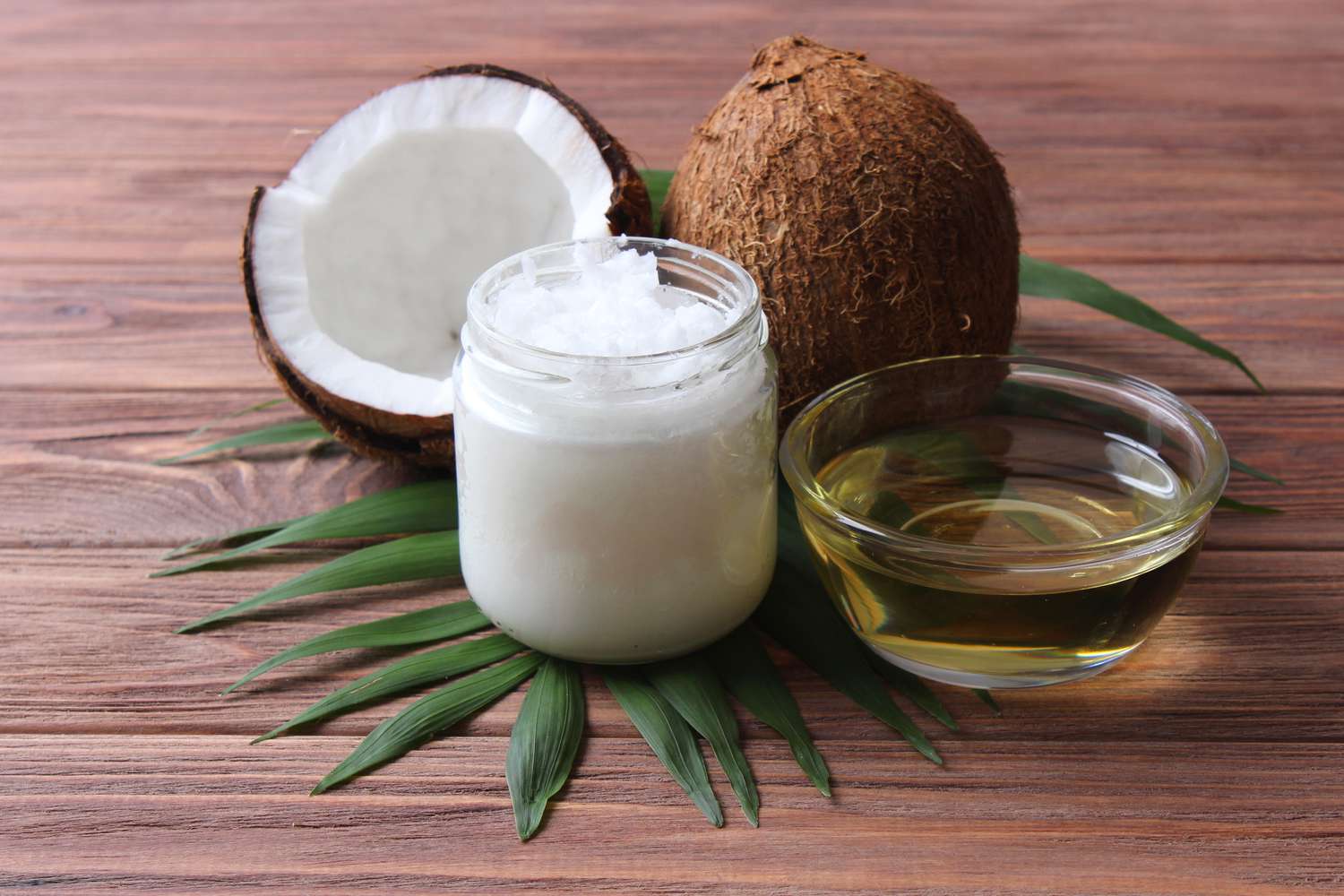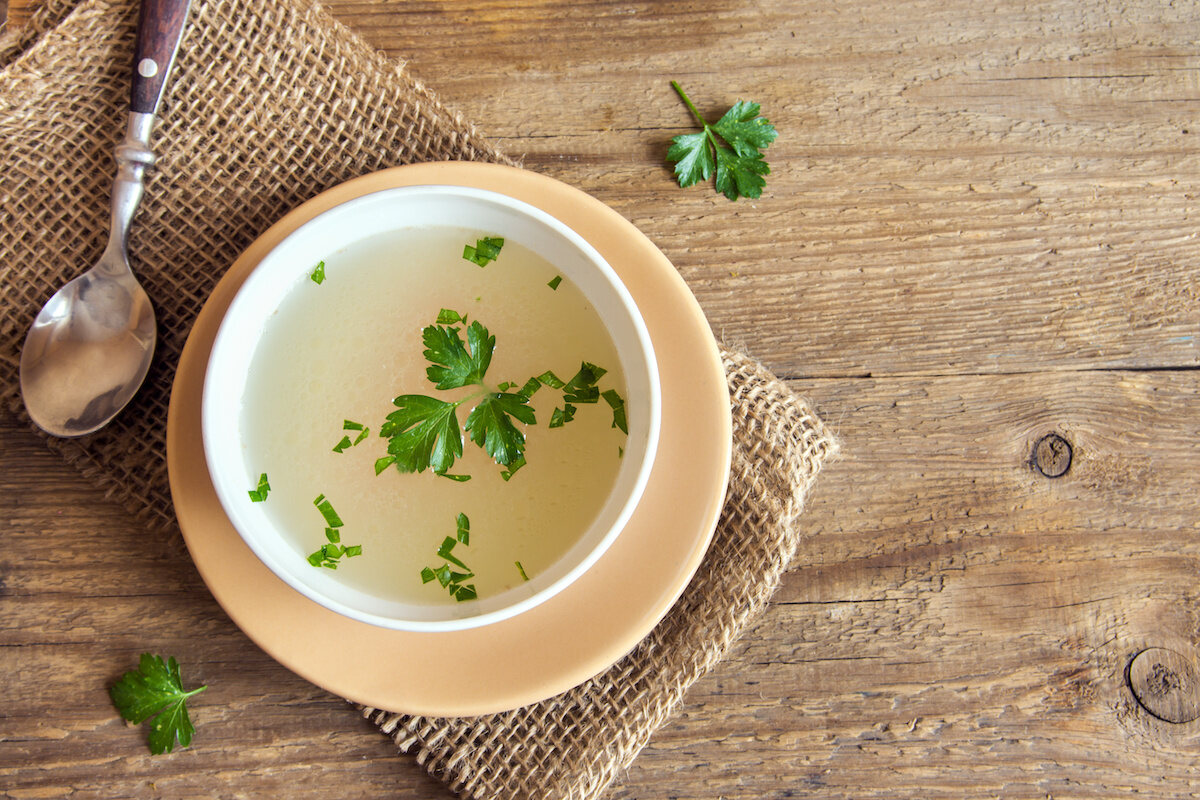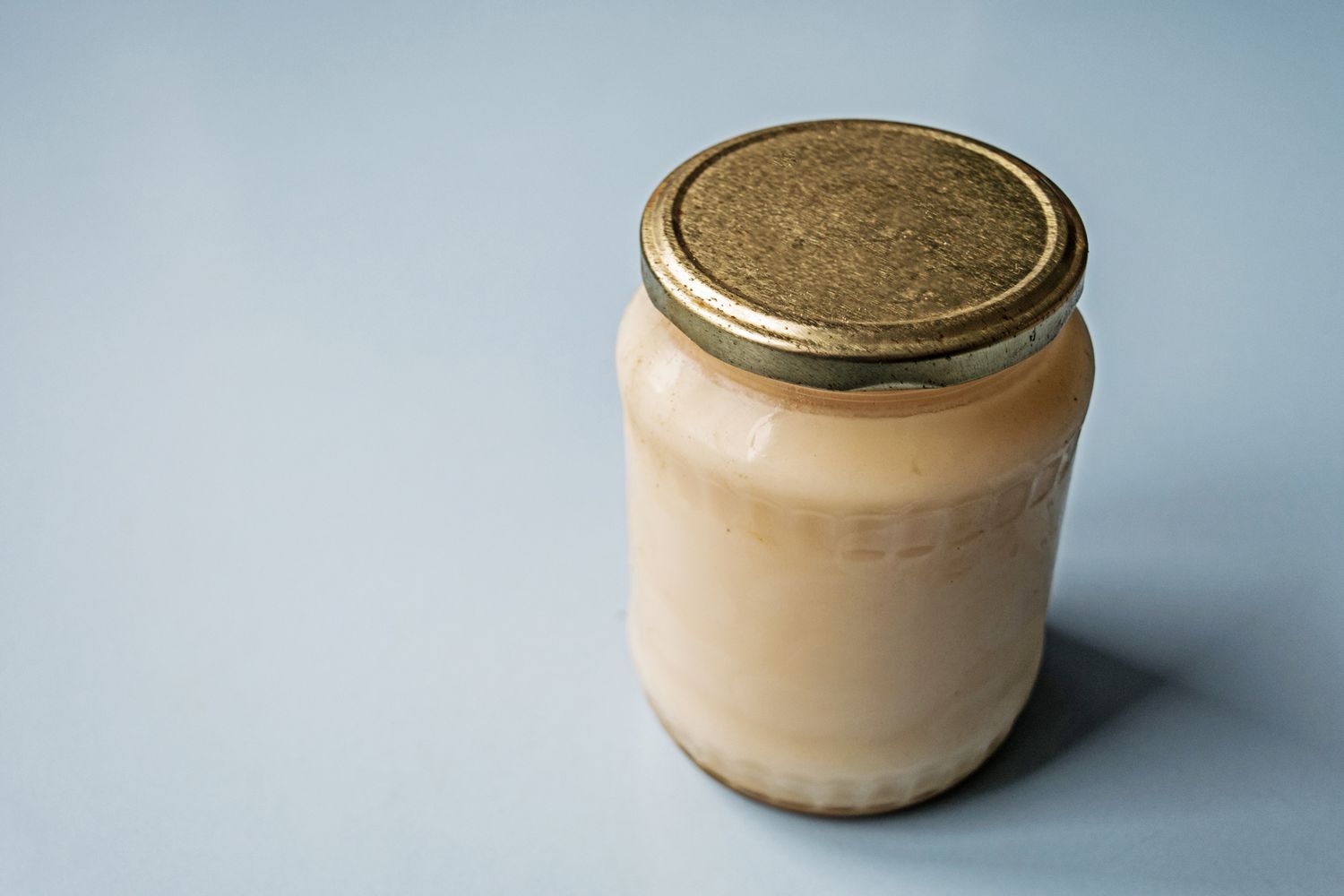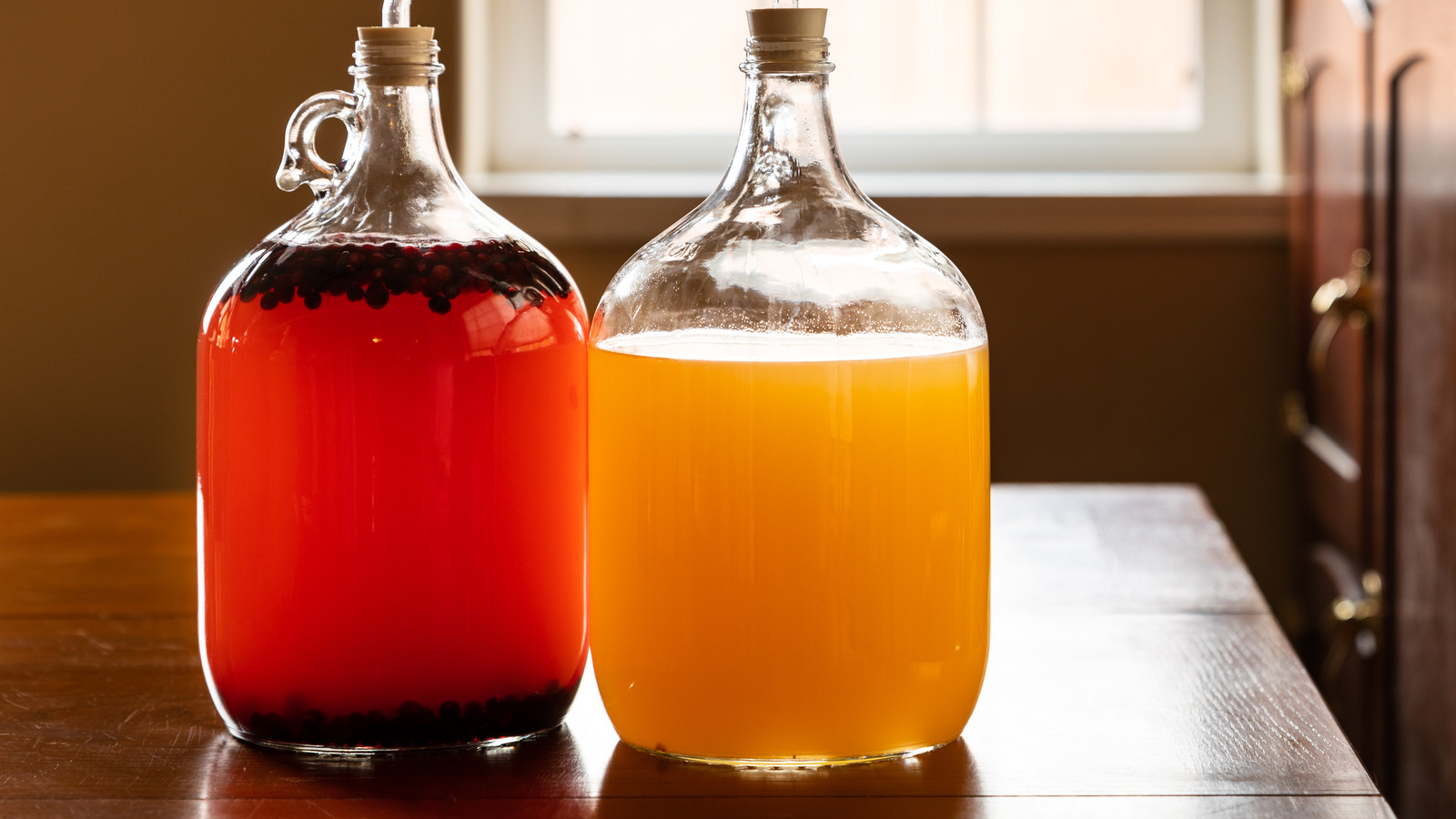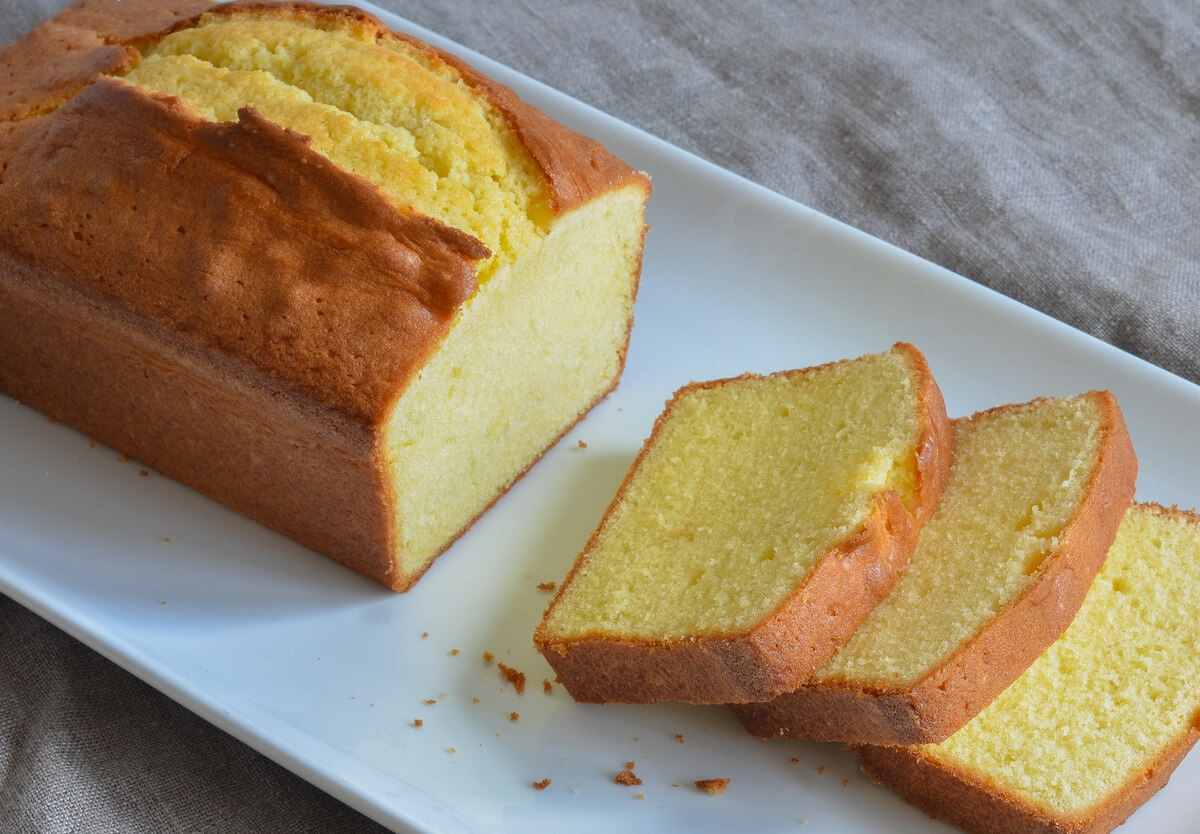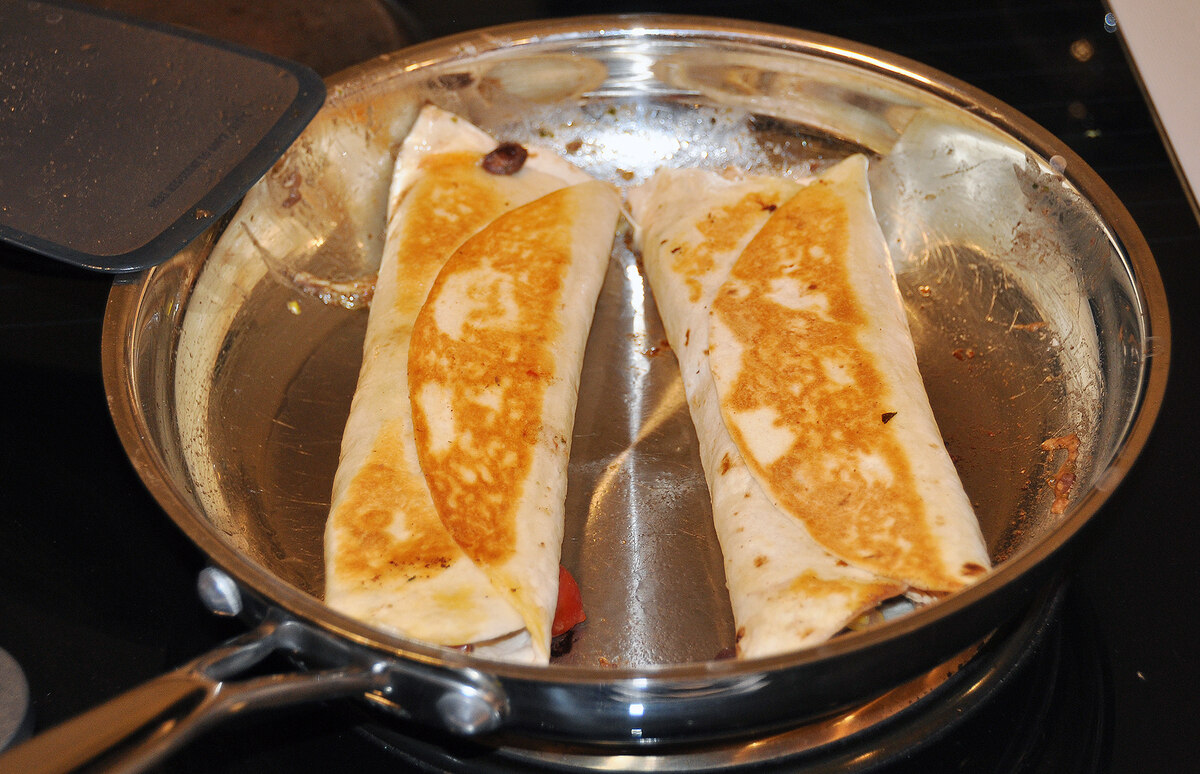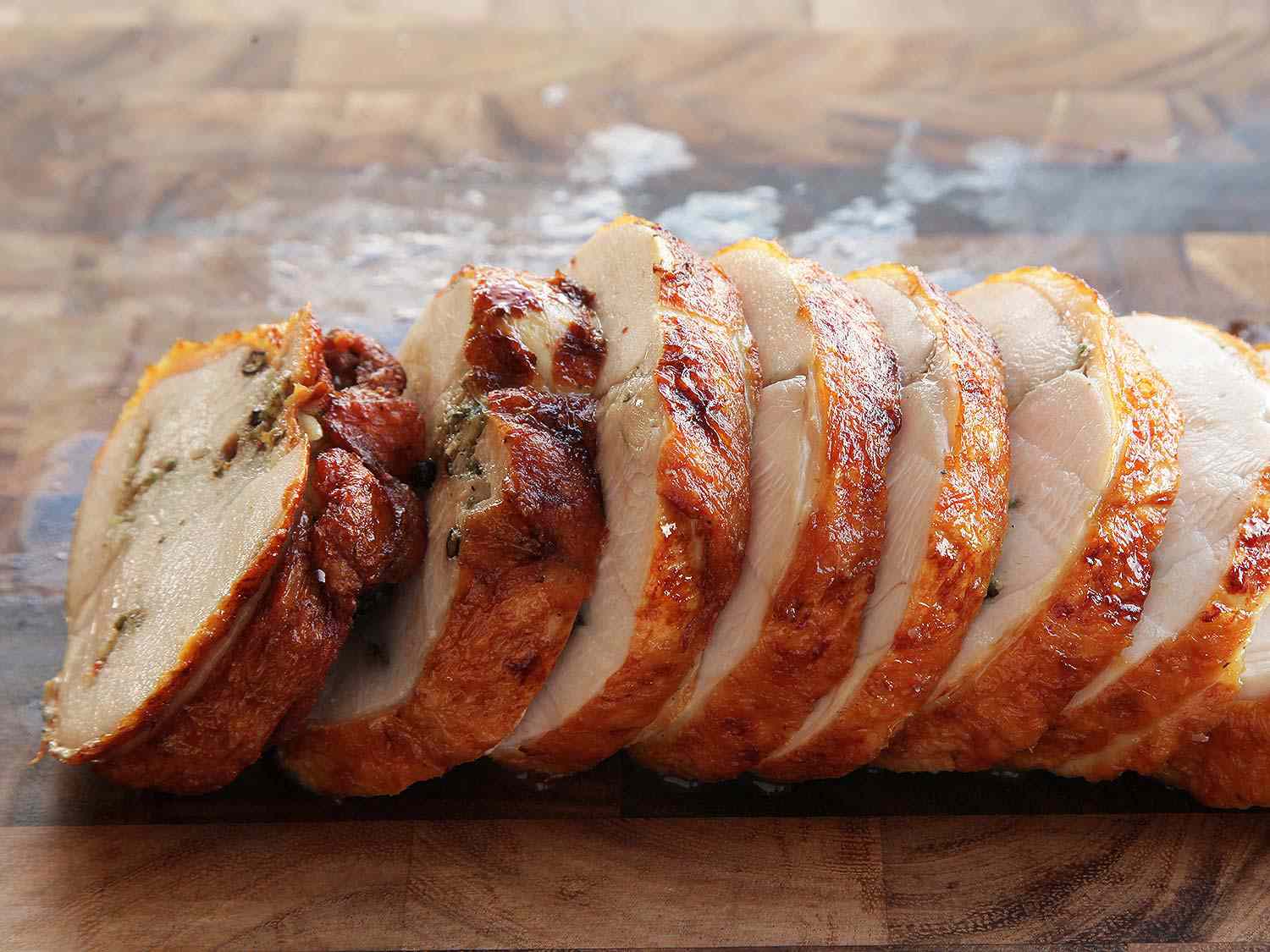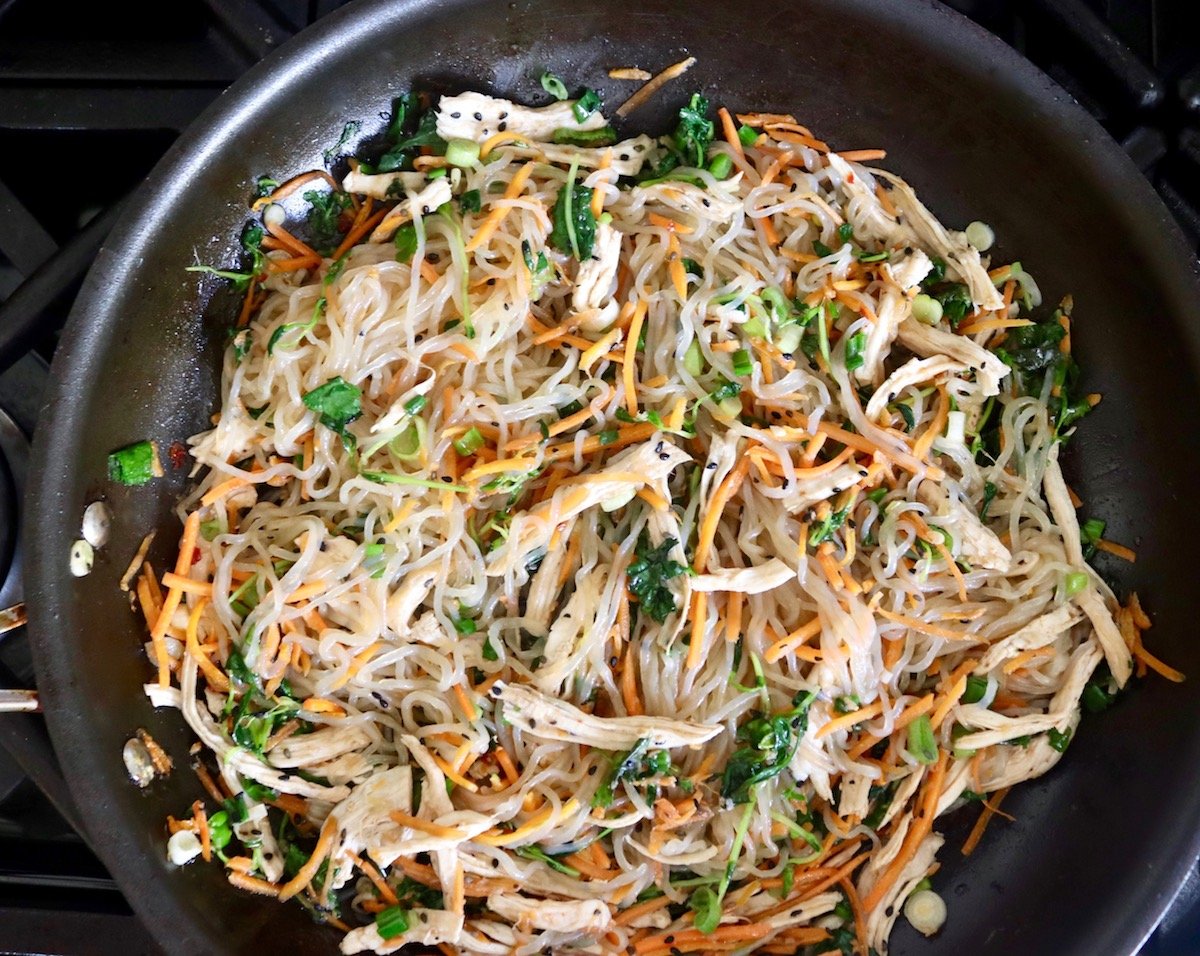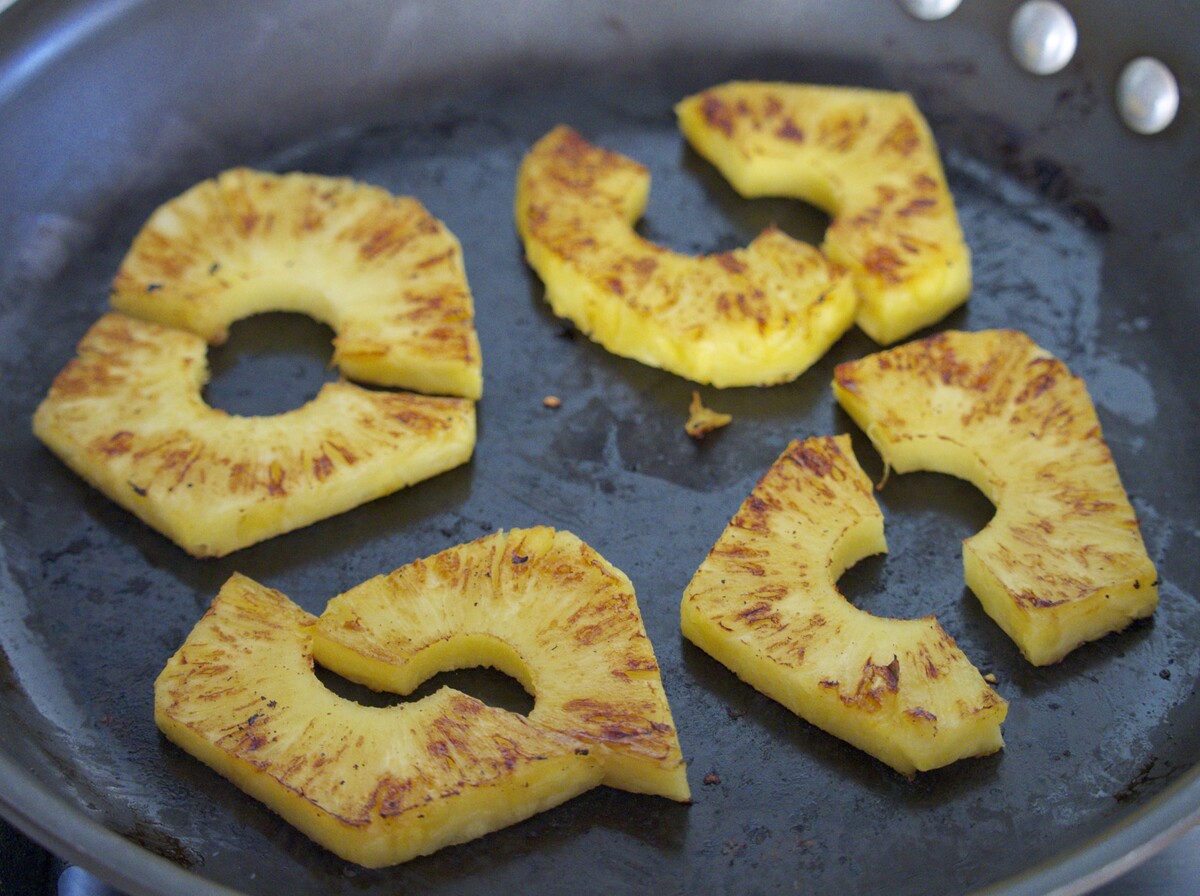Welcome to the Ultimate Guide on Clarifying Cooking Oil
Have you ever noticed that sometimes your cooking oil looks cloudy or has a strange smell? This could be due to impurities and residue that accumulate in the oil during cooking. The good news is that you can easily clarify your cooking oil to remove these impurities and extend its shelf life. In this guide, we will walk you through the process of clarifying cooking oil so that you can enjoy clean, fresh-tasting oil for all your culinary adventures.
Why Clarify Cooking Oil?
Clarifying cooking oil is an important step in maintaining its quality and flavor. Over time, cooking oil can accumulate impurities such as food particles, water, and other debris. These impurities can lead to off-flavors, unpleasant odors, and a cloudy appearance in the oil. By clarifying the oil, you can remove these impurities and restore its clarity, flavor, and stability.
Steps to Clarify Cooking Oil
Clarifying cooking oil is a simple process that can be done at home with just a few basic tools. Here’s how to do it:
- Strain the Oil: Start by straining the used cooking oil through a fine-mesh strainer or cheesecloth to remove any large particles or debris.
- Heat the Oil: Transfer the strained oil to a heavy-bottomed pot and heat it over low to medium heat. Be careful not to overheat the oil, as this can cause it to smoke and develop off-flavors.
- Add Clarifying Agents: Once the oil is warm, add a natural clarifying agent such as egg whites or gelatin. These agents will help to attract and trap the impurities in the oil.
- Simmer and Skim: Allow the oil to simmer for a few minutes, skimming off any foam or impurities that rise to the surface with a slotted spoon.
- Filter the Oil: After simmering, carefully pour the oil through a fine-mesh strainer or several layers of cheesecloth to remove any remaining impurities.
- Cool and Store: Allow the clarified oil to cool to room temperature before transferring it to a clean, airtight container for storage.
Tips for Clarifying Cooking Oil
Here are some additional tips to keep in mind when clarifying cooking oil:
- Use Fresh Clarifying Agents: Make sure to use fresh egg whites or gelatin when clarifying the oil, as older agents may not be as effective.
- Monitor the Temperature: Keep an eye on the temperature of the oil as it heats, and adjust the heat as needed to prevent overheating.
- Be Patient: Clarifying oil takes time, so be patient and allow the process to unfold at its own pace.
- Store Properly: Store the clarified oil in a cool, dark place to maintain its freshness and flavor for as long as possible.
Benefits of Clarified Cooking Oil
Clarifying cooking oil offers several benefits, including:
- Improved Flavor: Clarified oil has a cleaner, fresher flavor compared to unclarified oil.
- Extended Shelf Life: Removing impurities from the oil can help extend its shelf life and prevent rancidity.
- Enhanced Cooking Performance: Clarified oil is less likely to smoke or burn during high-heat cooking, making it more versatile in the kitchen.
Conclusion
Clarifying cooking oil is a simple yet effective way to maintain the quality and flavor of your favorite cooking oils. By following the steps outlined in this guide and keeping a few key tips in mind, you can easily clarify your oil at home and enjoy clean, fresh-tasting oil for all your culinary creations. So, the next time you notice your cooking oil looking cloudy or smelling off, don’t throw it away – clarify it and bring it back to its pristine state!
More Delicious Recipes Using Clarified Cooking Oil
Mastering the art of clarifying cooking oil opens up a world of culinary possibilities. Readers eager to test their newfound skills will find a treasure of recipes designed to perfect frying techniques. For a quintessential experience, the Classic Fried Chicken stands as a must-try, offering a crispy, golden delight that showcases the clear difference a well-clarified oil makes. Additionally, the light and airy Tempura Vegetables is perfect for those seeking a delicate yet satisfying crunch. For a more adventurous fry, the Fried Calamari provides an excellent opportunity to explore the subtle flavors enhanced by clean oil. Each recipe not only enriches your cooking repertoire but also ensures optimal use of clarified oil for taste and health.
Was this page helpful?
Read Next: How To Clarify Homemade Red Wine Vinegar
